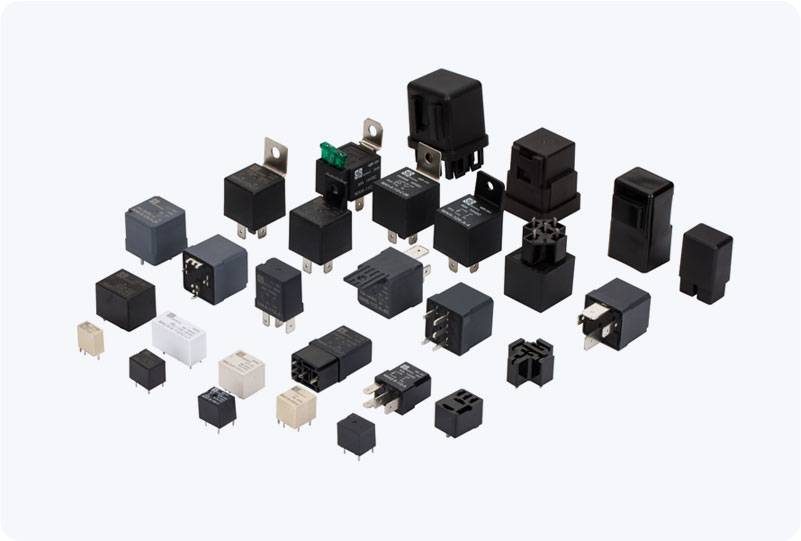understanding silver alloy contact relay: a key component in modern electrical applications
Release time:2025-08-28 04:28:53
In modern electrical and electronic systems, the performance and reliability of components are paramount. One such critical component is the Silver Alloy Contact Relay. Known for their superior conductivity and durability compared to conventional relays, these devices are increasingly used in various applications ranging from household appliances to industrial machinery. In this article, we will delve into the intricacies of Silver Alloy Contact Relays, exploring their construction, advantages, applications, and maintenance considerations.

Construction of Silver Alloy Contact Relays
The Silver Alloy Contact Relay operates on the same basic principle as any electromagnetic relay, which involves a coil, a moving contact, and a stationary contact. When an electric current passes through the coil, a magnetic field is generated that moves the armature, thereby opening or closing the circuit.
The defining feature of these relays lies in their contact materials, which are composed of a silver alloy. Typically, this alloy is a combination of silver with other metals such as copper, nickel, or zinc. The choice of additive metals helps enhance certain properties of the contacts, including wear resistance, corrosion resistance, and conductivity. This composite nature of the contacts is what sets Silver Alloy Contact Relays apart from traditional metal contact relays.

